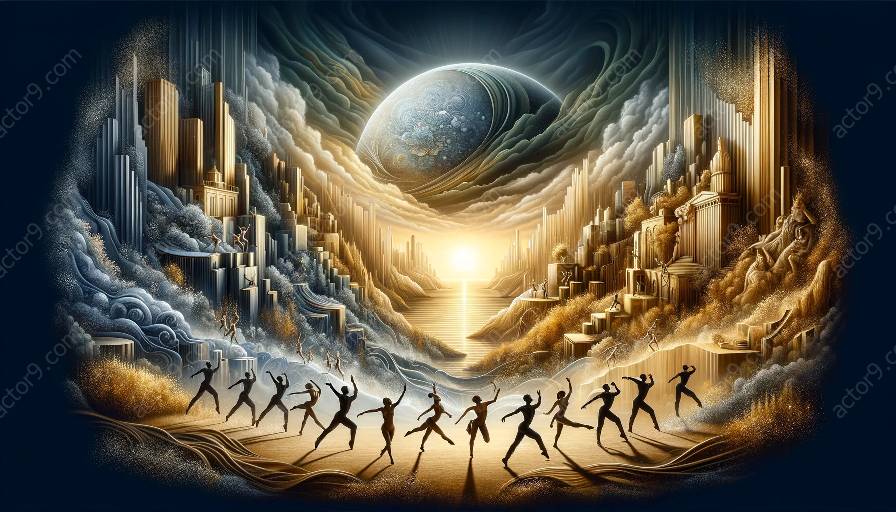Physical theatre has long been a powerful platform for addressing social and political issues. By incorporating movement, gesture, and non-verbal communication, physical theatre offers a unique avenue for expressing dissent, challenging oppressive regimes, and advocating for free speech. In this topic cluster, we'll delve into the intersection of physical theatre and social issues, exploring how this dynamic art form serves as a vehicle for enacting change and dismantling censorship.
Social Issues Portrayed in Physical Theatre
Physical theatre transcends language and cultural barriers, making it an ideal medium for conveying the complexities of social injustices. Through the use of physicality and symbolism, practitioners of physical theatre are able to shine a spotlight on a wide range of societal issues, including but not limited to oppression, discrimination, inequality, and marginalization. The visceral and emotive nature of physical theatre enables performers to engage audiences on a profound level, fostering empathy and understanding for the struggles faced by individuals and communities worldwide.
Challenging Political Oppression
Physical theatre serves as a potent tool for challenging political oppression by offering a platform for dissent that transcends traditional spoken language. Through the embodiment of resistance, physical theatre performers navigate the restrictions imposed by oppressive regimes, reclaiming their voices and asserting their agency through physical expression. By defying censorship and advocating for freedom of expression, physical theatre becomes a form of resistance that empowers individuals to amplify their grievances and demand justice and accountability from those in power.
The Transformative Power of Physical Theatre
At its core, physical theatre embodies liberation and transformation. By exploring the human condition through movement and physicality, this art form disrupts societal norms and encourages critical thinking. It compels audiences to confront uncomfortable truths, propelling them to interrogate their own beliefs and assumptions. Through the potent combination of aesthetics and activism, physical theatre acts as a catalyst for positive change, igniting conversations and sparking movements that seek to dismantle oppressive systems and create a more just and equitable world.




































